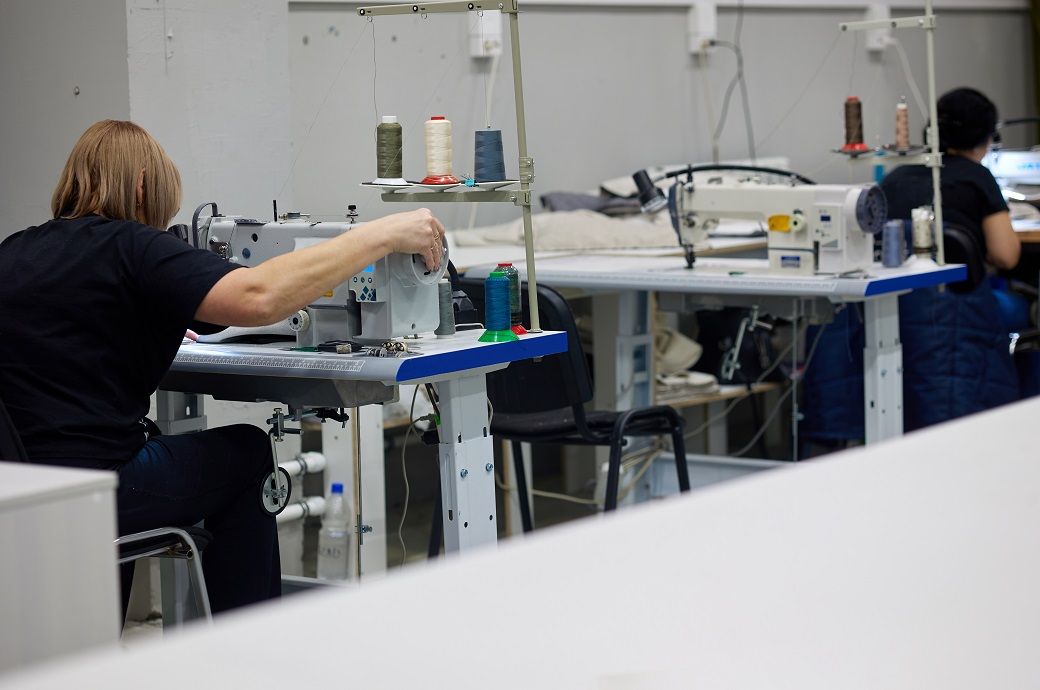

The downturn in manufacturing was driven by a continued fall in sales, reflecting weakened demand across the sector. New business orders declined for the second month in a row, with the reduction being the steepest since June 2023. This slowdown was partly attributed to inflationary pressures and a reluctance among clients to commit to new projects. Additionally, new export orders fell for the third consecutive month, with geopolitical issues contributing to the reduced overseas demand, S&P Global said in a media release.
Amidst declining production, the sector also saw a renewed reduction in employment. Staffing levels decreased for the first time in 2024, influenced by falling new orders and lower output requirements. As demand for inputs diminished, firms scaled back purchasing activity, resulting in a sixth consecutive monthly decline in input stocks. However, this reduction in pre-production inventories also reflected efforts to improve cash flow.
Despite the overall reduction in capacity, manufacturers managed to deplete backlogs of work for the twenty-third consecutive month, with the fastest pace of decline since April. A drop in input demand also led to a shortening of suppliers' delivery times for the first time in three months, marking the most significant improvement in vendor performance since February.
In contrast, inventories of finished goods increased for the second consecutive month in August. Some manufacturers used the spare capacity from reduced client demand to replenish stocks of finished products, while others noted unintended inventory accumulation.
The rate of input cost inflation surged to a 16-month high in August, surpassing the average levels seen before the COVID-19 pandemic. Rising costs for shipping, labour, and raw materials contributed to the inflationary pressures, resulting in a faster pace of output price increases, although this remained the second slowest in 2024 so far.
Looking ahead, firms remained cautiously optimistic about future output growth. While sentiment eased slightly from July, sales and marketing efforts were highlighted as key factors supporting this optimism. Some companies also anticipate a return to normal demand levels following the upcoming presidential election.
Chris Williamson, chief business economist at S&P Global Market Intelligence, said: “A further downward lurch in the PMI points to the manufacturing sector acting as an increased drag on the economy midway through the third quarter. Forward-looking indicators suggest this drag could intensify in the coming months. Slower than expected sales are causing warehouses to fill with unsold stock, and a dearth of new orders has prompted factories to cut production for the first time since January. Producers are also reducing payroll numbers for the first time this year and buying fewer inputs amid concerns about excess capacity.
“The combination of falling orders and rising inventory sends the gloomiest forward-indication of production trends seen for one and a half years, and one of the most worrying signals witnessed since the global financial crisis. Although falling demand for raw materials has taken pressure off supply chains, rising wages and high shipping rates continue to be widely reported as factors pushing up input costs, which are now rising at the fastest pace since April of last year.”
Fibre2Fashion News Desk (KD)